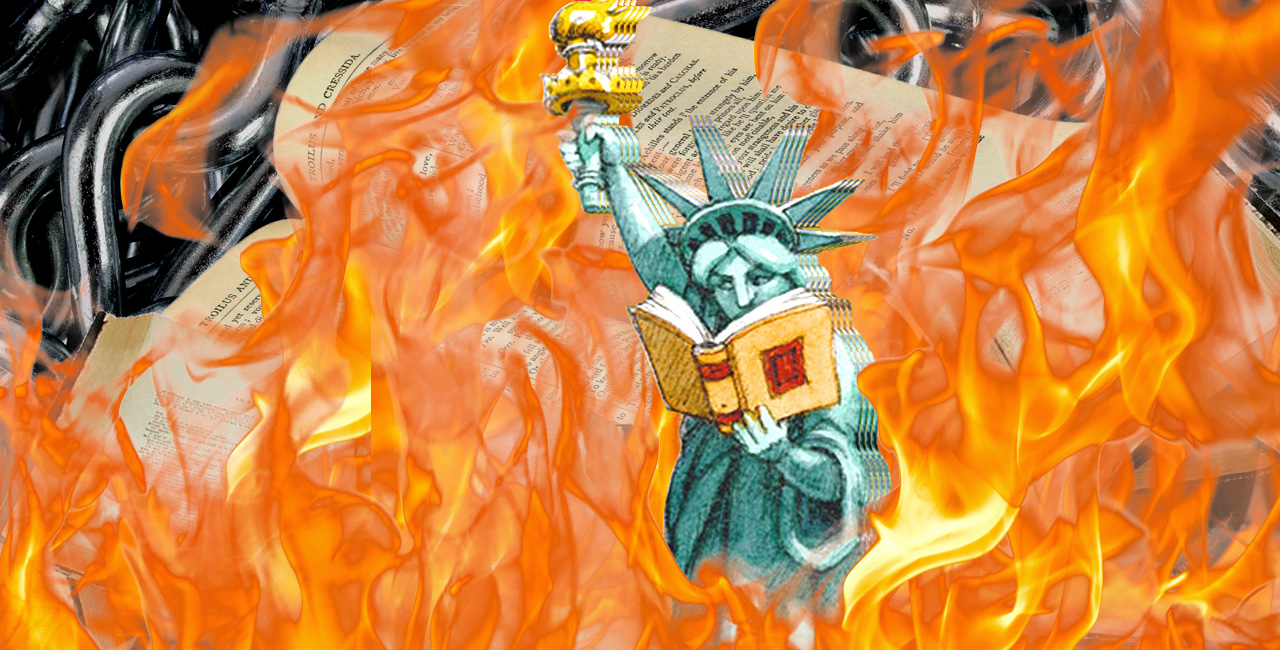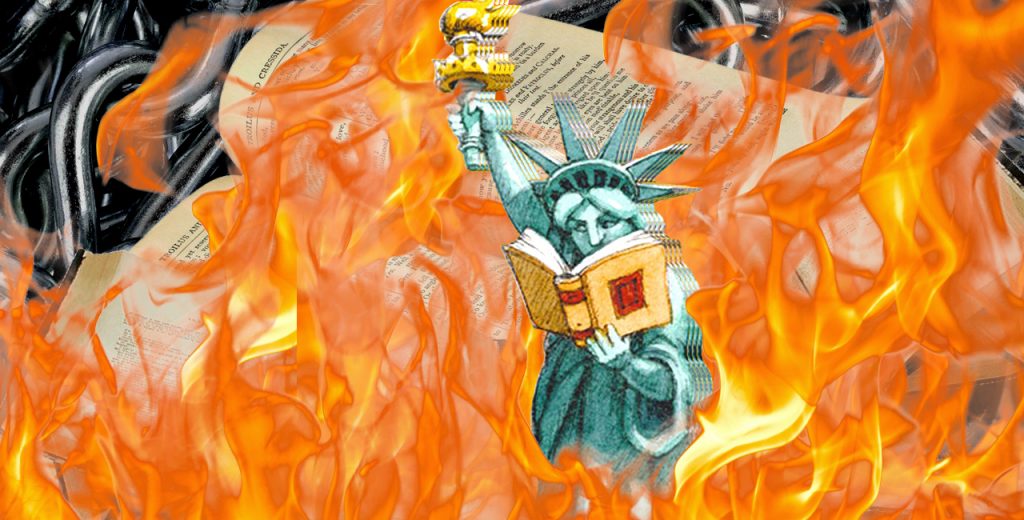The Tucson Unified School District (TUSD) launched its Mexican-American Studies program in 1998, but in the last decade, this initiative has faced an uphill battle. As the fate of ethnic studies in Arizona once again rests in the hands of the judicial system, there are nearly 90 books and textbooks that TUSD students aren’t allowed to read in class.
In 2010, the state of Arizona passed House Bill 2281 – a law banning ethnic studies. The statute made it illegal to teach classes that “promote the overthrow of the United States government,” “promote resentment toward a race or class of people,” “are designed primarily for pupils of a particular ethnic group,” or “advocate ethnic solidarity instead of the treatment of pupils.” Two years later – after an administrative law judge ruled that the program violated a state law – the Governing Board of the Tucson Unified suspended the Mexican-American studies program. School officials confiscated books, effectively shutting down a program that’s especially beneficial to students of color. According to a Stanford University study released in 2016, students enrolled in ethnic studies miss fewer days of school, get better grades, and even graduate at higher rates. This is especially true for Latino and male students.
The bill’s legality has faced challenges since then. In 2013, Judge Wallace Tashima stated that the part of HB 2281 that made it illegal to create courses for students of different ethnicities was illegal. Agreeing with his ruling, the Ninth Circuit Court sent the trial back to court. Starting today, the trial begins. The Arizona Supreme Court will decide if banning Mexican-American studies is discriminatory. Ahead of the case, Librotraficante Tony Díaz – a fierce defender of Mexican-American studies – smuggled banned books into Tucson, just as he did in 2012. And while not everyone can lead the fight like Díaz, there are still some actions you can take, such as spreading awareness of the censorship taking place in Arizona.
As the trial begins, here are 12 books that students aren’t allowed to read in class because of the state’s ban on Mexican-American studies:
June 28 at 10 am.: This piece has been updated to clarify the Ninth Circuit Court’s decision.
1
'Loverboys' by Ana Castillo
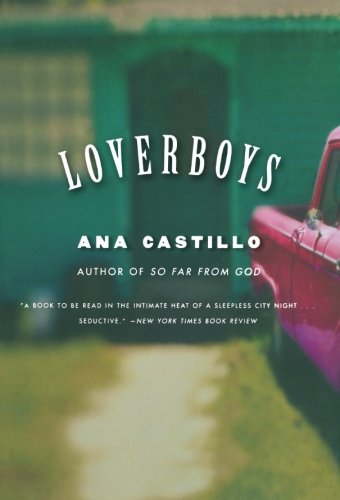
Loverboys – a book originally published in 1996 – is a collection of stories about romances between men and women, women and women, and men and men. And though the title may seem as though boys are at the center of these 22 stories, it’s actually women, many of whom are of Mexican heritage.
Read a preview here.
2
'Mexican WhiteBoy' by Matt De La Peña
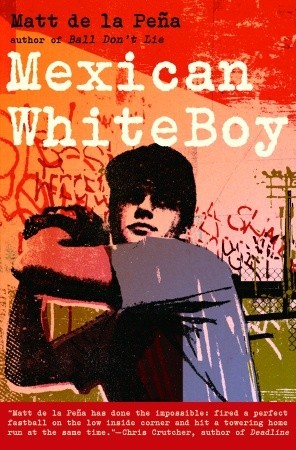
In this coming-of-age story, Danny – a tall and skinny kid – grapples with his two identities. As a half Latino, half white teen, he doesn’t know where he fits in. Worse, people are always labeling him. At his private school, no one expects he’ll amount to much. Around San Diego, people immediately assume he’s Latino. But they dismiss him when they learn he’s half-white and doesn’t speak Spanish. To connect with his Latinidad, he spends time with his dad’s side of the family to learn who he truly is.
3
'Drown' by Junot Díaz
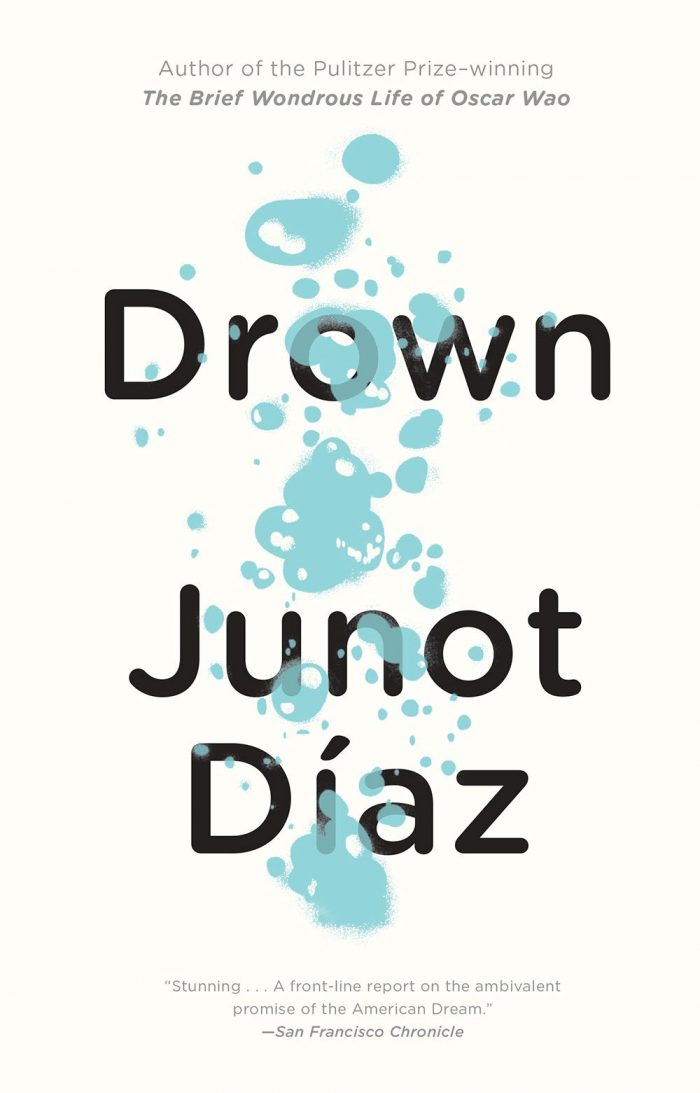
Drown – a collection of short stories – is set in the 1980s and illustrates Dominican immigrants seeking the American dream. The semi-autobiographical story begins with Yunior and his older brother, Rafa, dealing with life in the Dominican Republic after their father leaves them. When his dad resurfaces years later, he moves the family to New Jersey, where they still struggle, but in different ways. While the earlier chapters are told through Yunior’s point of view, this book switches perspectives and allows others to give their side of the story.
4
'Puro Teatro: A Latina Anthology' by Alberto Sandoval-Sanchez & Nancy Saporta Sternbach
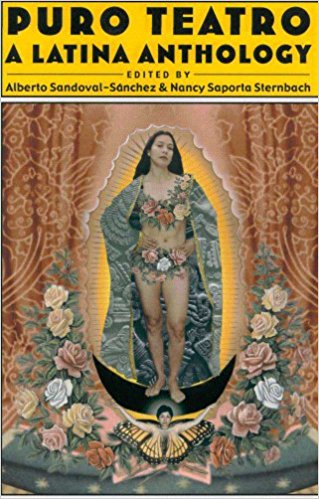
Puro Teatro: A Latina Anthology is an exploration of Latinas in the world of theater. This anthology focuses on everything from small plays in the 1970s to bigger productions in the early aughts. At 416 pages, it’s not exactly a breezy read, but it does offer full length and one-act plays, such as Botánica by Dolores Prida, Las nuevas tamaleras by Alicia Mena, and The Fat-Free Chicana and the Snow Cap Queen by Elaine Romero.
5
'Red Hot Salsa: Bilingual Poems on Being Young and Latino in the United States' by Lori Marie Carlson & Oscar Hijuelos
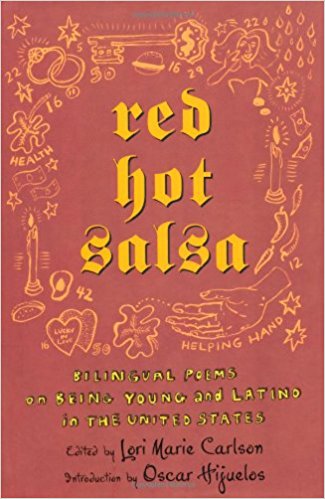
Red Hot Salsa brings together a group of poets who describe the different experiences of young Latinos in the United States. The poets talk about their families, love, food, success, and failure, and they do it in English, Spanish, or a mix of both.
6
'The House on Mango Street' by Sandra Cisneros
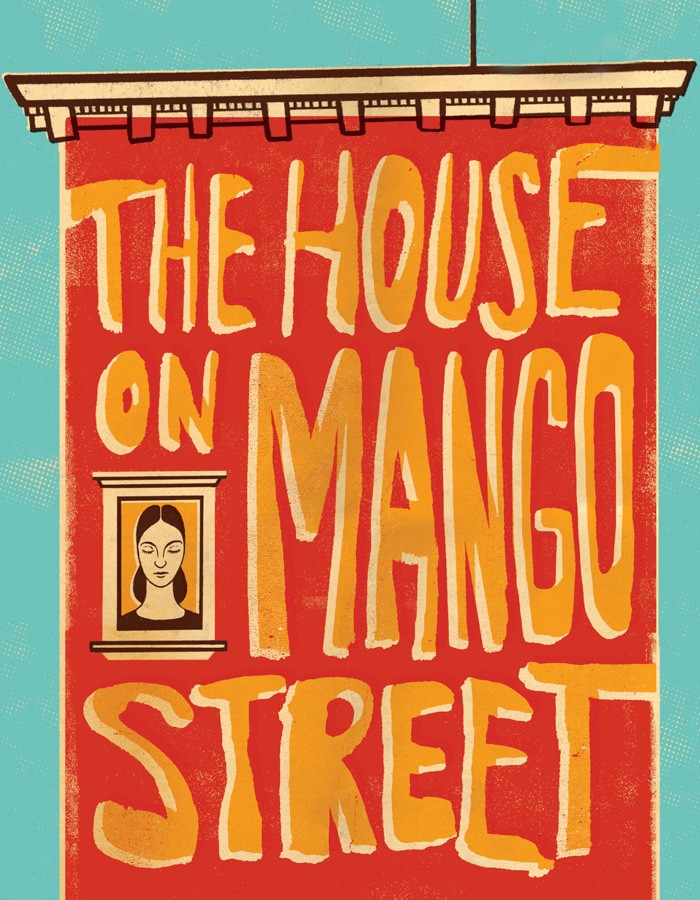
Sandra Cisneros’s classic The House on Mango Street follows Esperanza Cordero through her adolescent years, which are at times heartbreaking. It begins with her family – who had previously moved around a lot – settling into the house on Mango Street. As she deals with these changes and her unhappiness, she turns to writing as a way to escape. As the story progresses, so do Esperanza’s views. Eventually, she stops seeing Mango Street as a stifling environment, but one that gives her freedom.
7
'Curandera' by Carmen Tafallo
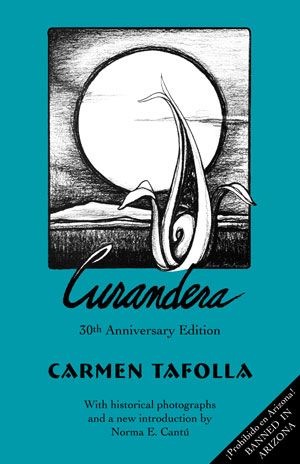
One of the things that makes Curandera so exceptional is its ability to capture bicultural Latinos. These compilation of poems switch between English and Spanish – reflecting the inhabitants of various neighborhoods in San Antonio.
8
'Bless Me Ultima' by Rudolfo Anaya
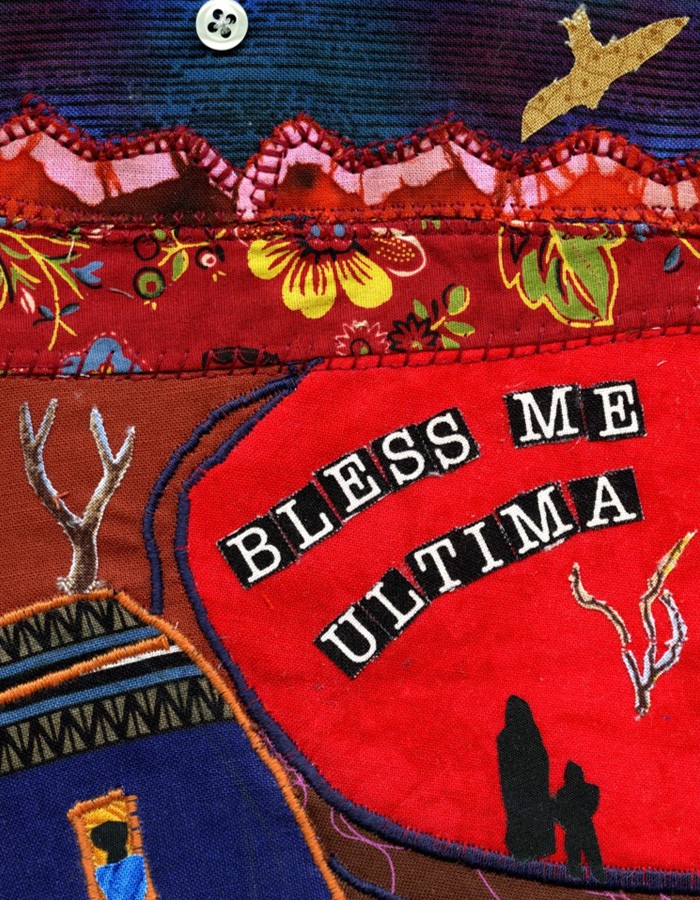
Taking place just after World War II in New Mexico, Bless, Me Ultima is the coming-of-age story of Antonio Márez y Luna aka Tony. It begins when he’s seven years old. An elderly curandera – Ultima – has moved in with his family, who are busy fighting about his future. As Tony questions his faith and what his parents want for him, Ultima takes him under his wing.
9
'Two Badges: The Lives of Mona Ruiz' by Mona Ruiz and Geoff Boucher
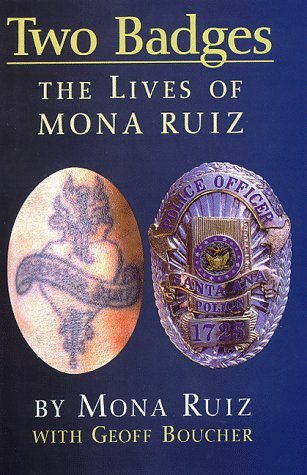
This autobiography follows Mona Ruiz’s journey from street gang to law enforcement. Set in Santa Ana, this book follows her transformation and all the barriers that stand in her way.
10
'The Devil's Highway: A True Story' by Luis Alberto Urrea
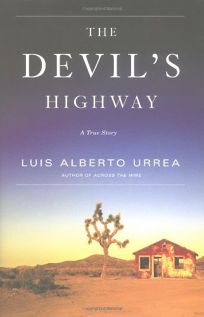
As immigration remains a contentious issue, The Devil’s Highway – published nearly 15 years ago – is still a must-read. This story follows a group of 26 men who in May 2001 resorted to extremely risky path through the Devil’s Highway – a stretch of land that is so harsh that even the Border Patrol won’t travel through it – to reach the United States. Only 12 made it to the other side.
11
'A Place to Stand' by Jimmy Santiago Baca
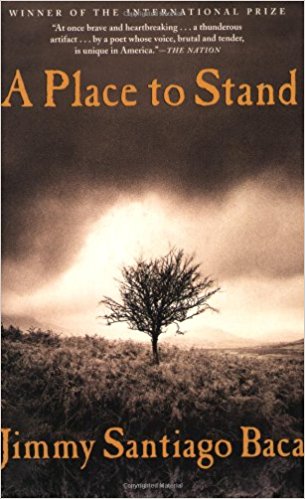
In his memoir, Jimmy Santiago Baca details his life before, during, and after spending years in a maximum-security prison. At age 21, Baca was illiterate and faced at least five years in prison for selling drugs. Eventually, he found poetry, which changed his life completely.
12
'Like Water for Chocolate' by Laura Esquivel
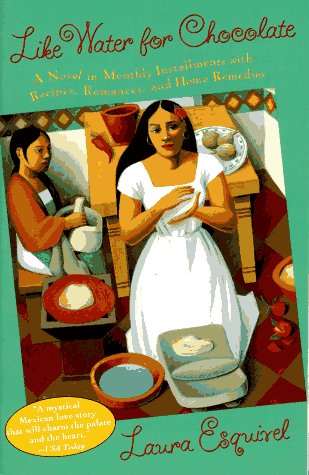
In this classic 1989 recipe-filled novel, Tita – the youngest de la Garza daughter – has a role to play. She’s tasked with taking care of her mother, Mamá Elena, until she dies. Despite her future being mapped out, she falls for her neighbor, Pedro. But Mamá Elena suggests that Pedro marry Tita’s oldest sister, Rosaura, instead. Pedro follows her advice to remain close to Tita.



